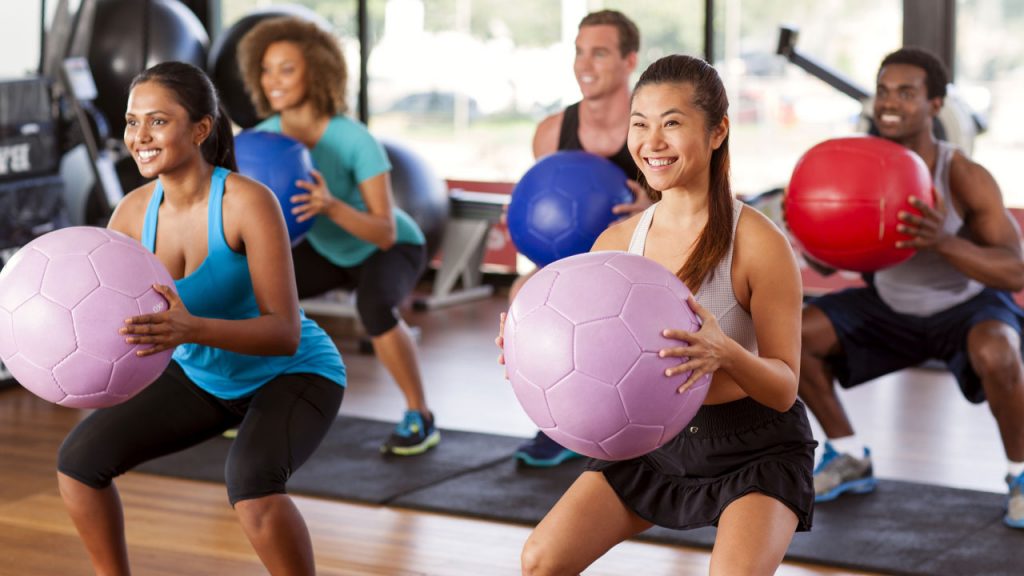We all know we need to exercise. We also know that establishing a regular exercise routine can be incredibly difficult. You need to find time and motivation, and you need to make sure you’re physically and mentally ready for the challenge.
One way to make it easier is to team up with other people. On your own, you’re answerable only to yourself. If you decide you don’t feel like exercising, there’s nothing to stop you and there are no real consequences – except maybe feeling bad.
Being part of a group gives you extra motivation. You don’t just do it for yourself; you do it because you don’t want to let the group down. They encourage you, and you encourage them in return. Sometimes that’s just what you need to make you stick to your routine. It can also add an element of competition. Maybe you’re not mutually supporting each other, and perhaps you’re trying to beat each other. Either way, it means you’ll push yourself harder and so will they.
Some activities, such as team sports, are obviously communal experiences. You can’t play them at all without other people, and that means you need to communicate and share ideas. You’re all driven by a common goal, and that can be a powerful experience mentally as well as physically.
Then there are sports that can be done solo but often become communal. For example, you could go running by yourself, or you could join a running club. Many professional athletes train together, and in long-distance races, they may group together for mutual support for part of the course before they break for the finish. There are very few kinds of fitness routines where cutting yourself off completely from other people is likely to result in your best performance.
It’s not just everyday exercise that benefits from community participation. There have been lots of studies on how community can affect exercise outcomes, from how it benefits people with multiple sclerosis (https://pubmed.ncbi.nlm.nih.gov/23128667/) to its role in cancer recovery (https://pubmed.ncbi.nlm.nih.gov/33751225/). All the research suggests community can be a powerful tool in fitness, which is why community-based exercise is becoming more popular.
If you run a gym or other kind of fitness center, you want it to be welcoming to as many people as possible. That means staff need to build relationships with customers while creating a friendly atmosphere. This will help establish a sense of community that will encourage people to keep coming back. There’s even evidence to suggest that group classes come with higher retention rates than individual gym workouts (https://www.ihrsa.org/improve-your-club/15-surprising-facts-about-health-club-member-retention/).
These are all compelling reasons that exercise should not be treated as a solo endeavor. If you want the best outcomes from your fitness routine, building a sense of community with other participants may be one of the most effective ways. Not only does it improve your motivation and push you to try harder, but it will make the overall exercise experience much more enjoyable and therefore something you are more likely to continue.




